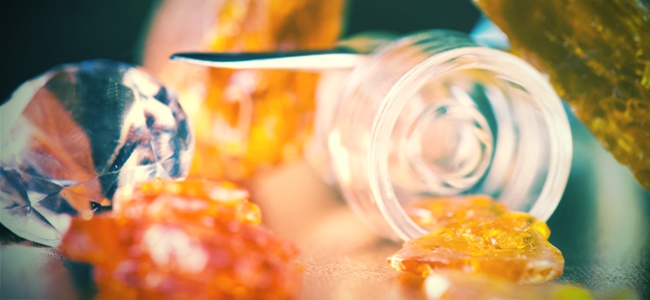
What Are Cannabis Distillates?
The marijuana scene has exploded with scientifically engineered products aimed at providing unrivalled potency. Until now, cannabis concentrates made up the bulk of this category. Bursting onto the stage, cannabis distillates promise to be the next step in scientific efficiency. The result is a product that has a THC concentration of over 99%.
CANNABIS DISTILLATES: A NEW KID ON THE BLOCK
As our understanding of cannabinoids, terpenes, and flavonoids develops, so too does our ability to create concentrated variations of them. Cannabis distillates utilise the age-old tradition of distillation to separate the aforementioned chemical compounds from a liquid mixture. Specific boiling points and controlled condensation allow all three compounds to be isolated without damaging them.
Cannabis flowers typically contain around 5–25% THC, while specific concentrates clock in at around 70–80%. The latter have become increasingly popular, largely because you need less to get high, and the effects can be more profound than smoking a simple joint. It stands to reason that the popularity of cannabis distillates is growing, as they offer several of the desirable attributes of concentrates, but at an even higher potency.
THE BIOLOGY OF CANNABIS
To understand what makes cannabis distillates so unique, we first need to take a deep dive into the diverse genetic structure of a marijuana plant. Splitting the plant into three major chemical categories, we have cannabinoids, terpenes, and flavonoids.
Terpenes and flavonoids work harmoniously to give strains their unique flavours and aromas. By breeding plants with carefully selected combinations of both, it is possible to replicate a bubble gum taste or a zesty aroma. While flavonoids work with terpenes, terpenes also work with cannabinoids to enhance their own natural medicinal properties. Several critical terpenes have been found (Russo, 2011) to promote anti-inflammatory properties, stress relief, and mild sedation.
Cannabinoids are the most abundant chemical compounds found within cannabis. THC, CBD, CBN, and over a hundred other cannabinoids exist. They are the key drivers behind the effects users experience when they ingest, smoke, or vape weed.
Despite the differences between terpenes, flavonoids, and cannabinoids, they all have something in common: each one can be boiled until it evaporates. However, they do so at different temperatures. If you were to boil plant matter soaked in a solvent under a controlled environment, it would be possible to separate the three without any one of them being destroyed. That, in a nutshell, is how distillation works.
THE SOLVENT EXTRACTION PROCESS
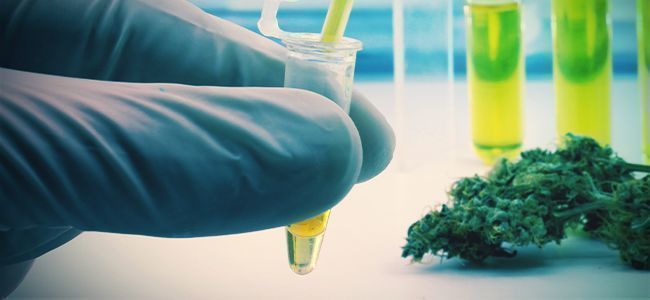
Appreciating the efficacy of cannabis distillates hinges on a basic understanding of how current cannabis concentrates are made through a process called 'Solvent Extraction'.
First, plant matter is soaked in a solvent, either isopropyl alcohol, propane, butane, or for homemade concentrates, ice water. The solvent acts as an agent that the three chemical compounds from the plant matter bind to. The plant matter is then discarded, while the solvent undergoes changes in pressure, temperature, or both so that the harmful components from the liquid can be removed.
When the solvent evaporates, we are left with the thick, oily residue known as cannabis concentrate. The problem is, the temperatures used to remove the solvent and isolate cannabinoids like THC and CBD often results in many of the terpenes and flavonoids being destroyed. Because the combustion temperatures are different for each compound, focussing exclusively on one limits the ability to retain others.
THE CANNABIS DISTILLATION PROCESS
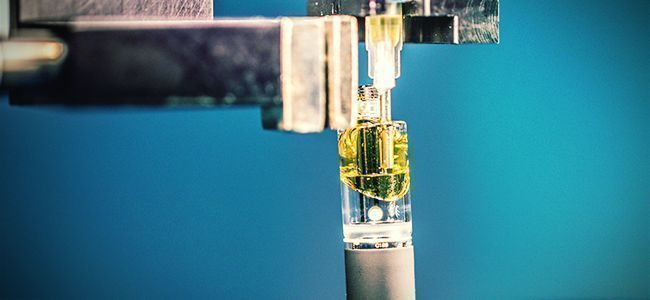
Just like there are many methods for creating cannabis through extraction, there are also numerous types of distillation. In this example, we will focus on fractional distillation.
Fractional distillation can be broken down into five basic steps:
-
Plant matter and solvents are combined so that cannabinoids, terpenes, and flavonoids can bind with the liquid.
-
By boiling the liquid at a lower temperature, it is possible to separate the terpenes and flavonoids first. They have a lower boiling point than cannabinoids.
-
The steam created passes through water-cooled tubes, causing it to condense, turning back into a liquid.
-
By repeating step one, this time at a higher temperature, the cannabinoids evaporate.
-
Cannabinoid gas is again condensed to turn it back into a liquid. By combining the two fluids produced, we have created a cannabis distillate.
Not only have we retained the best bits of cannabis, but we have done so with a potency in the region of 99%. The final liquid has the consistency of oil, like thick honey with an amber hue.
WHAT DO CANNABIS DISTILLATES BRING TO THE TABLE?
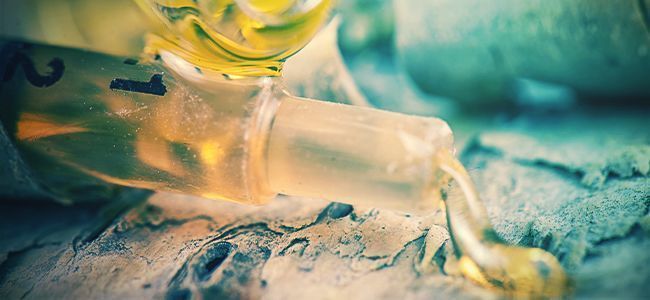
Starting with purity, distillates are nearly 100% pure. You get all the important parts of cannabis without unwanted additives or chemicals. As a result, the THC content is also incredibly high—in fact, it's the highest of any cannabis derivative. You only need a tiny amount to feel its effects.
Through careful selection of terpenes and flavonoids, it is also possible to produce a product that does not have an odour, but still retains the strength of cannabinoids. Distillates are incredibly discreet and can be consumed in a variety of ways, something we will cover shortly.
Distillates undergo decarboxylation as part of the fractional distillation process. There is no need to heat or burn the product in its final form. Taken orally, distillates start working almost immediately, triggering CB1 and CB2 receptors connected to our endocannabinoid system. When you then factor in how easy it is to transport and store distillates, the beneficial impact to both the consumer and the cannabis industry is significant.
IS THE CRITICISM OF CANNABIS DISTILLATES JUSTIFIED?
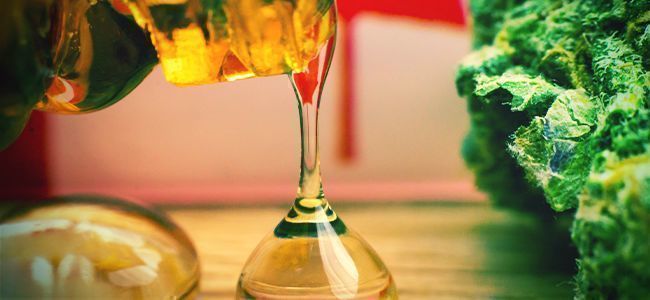
The critique of distillates is twofold. Firstly, many cannabis enthusiasts claim cannabis is a total of all its parts, from the way it tastes to how it smells to the experience of using it. By breaking weed down into its composite parts, those attributes are lost, and so is the underlying theme of marijuana: it is a plant that comes from nature to be enjoyed naturally.
The second criticism arises from the process in which the end product is engineered. Many online communities have likened distillates to a melting pot of substandard compounds. Producers take what they want from the raw plant material and then combine “bits and pieces” after the distillation process. Given it is possible to mix chemical compounds from different strains, this issue becomes more prevalent. The reality, however, is that if you start with inferior plant matter, you will end up with an inferior end product.
If quality cannabis free from harmful pesticides and grown by an expert hand is used to create distillates, then the final product will be substantially better. With commercial cannabis distillation equipment still in its infancy, the chances of inadequate distillates entering the market are likely. That situation should improve with time, though. The key is to always buy from a reputable supplier.
CANNABIS DISTILLATES CAN BE ENJOYED IN A VARIETY OF WAYS

The beauty of distillates is they are incredibly diverse. Here are several ways distillates can be consumed, smoked, or vaped.
-
Sublingual: Placed under the tongue, distillates are absorbed directly into the bloodstream and take effect in minutes.
-
Edibles: Add a small amount to complement a dish, or utilise distillates as part of a recipe. With the flavonoids and terpenes removed, distillates won’t overpower the taste of your meal.
-
In addition to the standard procedure: Roll a joint and dip the tip in distillate—similar to twaxing with cannabis concentrates.
-
Dab rig: Apply a small amount to the nail of a dab rig and enjoy just like you usually would. Brace yourself for a very powerful high.
-
Vape liquid: In the same way distillates are a combination of several chemical compounds, your existing vape liquid can be supercharged with just a few drops.
-
Topical creams
-
Capsules: Capsules are discreet and incredibly potent. Careful consideration is needed before ingesting. Capsules can be high in THC, CBD, or a mixture of both.
LEAVE CANNABIS DISTILLATE CREATION TO THE PROFESSIONALS
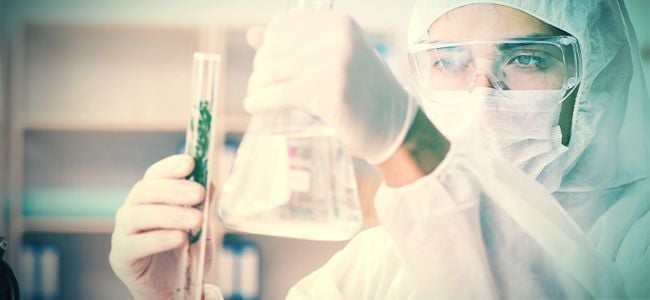
Distillates come with a big “don’t try this at home” warning. High pressure and equally high temperatures are used during the distillation process. Additionally, special equipment is needed, and even the most carefully designed distillery can explode.
Distillates are a fantastic evolution of the way we consume cannabis, providing unparalleled potency. This time, however, it's up to the professionals, so keep an eye out for a trusted cannabis distillate supplier.
- Russo, & E. B. (2011). Taming THC: potential cannabis synergy and phytocannabinoid-terpenoid entourage effects. British Journal of Pharmacology, 163(7), 1344–1364. - https://www.ncbi.nlm.nih.gov
-
 6 min
9 April 2024
What Is The Entourage Effect?
A product of the 1990s, the theory of the entourage effect is arguably one of the hottest topics of discussion in the cannabis world. Click here for an overview of the entourage effect and what...
6 min
9 April 2024
What Is The Entourage Effect?
A product of the 1990s, the theory of the entourage effect is arguably one of the hottest topics of discussion in the cannabis world. Click here for an overview of the entourage effect and what...
-
 4 min
8 August 2023
CBD Oil - Your Ultimate Guide
There are a plethora of CBD oils out there. Here, we look at everything you need to know when buying CBD oil online.
4 min
8 August 2023
CBD Oil - Your Ultimate Guide
There are a plethora of CBD oils out there. Here, we look at everything you need to know when buying CBD oil online.
-
 7 min
15 February 2022
What Is The Endocannabinoid System?
The endocannabinoid system is a fascinating network of channels and receptors that spans the length and breadth of the human body. Involved in everything from cognition and learning to appetite and...
7 min
15 February 2022
What Is The Endocannabinoid System?
The endocannabinoid system is a fascinating network of channels and receptors that spans the length and breadth of the human body. Involved in everything from cognition and learning to appetite and...
-
 5 min
7 September 2020
CBD Vs CBN: What's The Difference?
As one of over 100 cannabinoids within the cannabis plant, CBN offers interesting effects. But science still has much to learn about the molecule. It shares some striking similarities with CBD, yet...
5 min
7 September 2020
CBD Vs CBN: What's The Difference?
As one of over 100 cannabinoids within the cannabis plant, CBN offers interesting effects. But science still has much to learn about the molecule. It shares some striking similarities with CBD, yet...












 United States
United States











